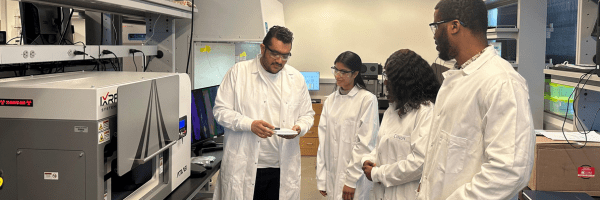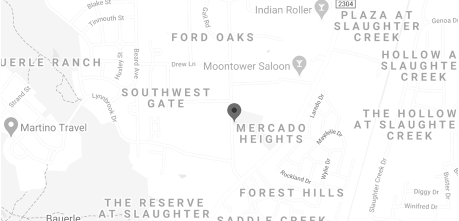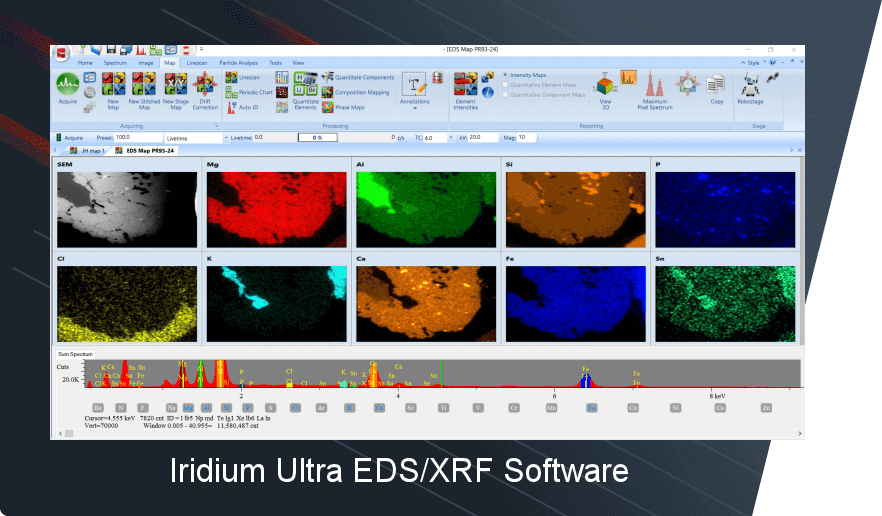🐎 TL;DR
The University of Wyoming is using the ATLAS™ micro-XRF to map shale and soil samples with micrometer-scale precision—non-destructively. The system helps researchers uncover mineral textures in shale and study how soil chemistry relates to microbial activity. With rapid, multi-element imaging and ultra-low detection limits, the Atlas is driving breakthroughs in environmental and geochemical research.
Introduction
At IXRF Systems, we’re proud to see our technology fueling groundbreaking discoveries across a wide range of research fields. One standout example comes from the University of Wyoming, where researchers have been using the Atlas microXRF to revolutionize their approach to studying shale and soil samples. Their experience highlights just how impactful high-resolution elemental mapping can be in driving innovation, refining methodologies, and uncovering new scientific insights.
A Game-Changer for Shale and Soil Analysis
The University of Wyoming describes the Atlas microXRF as a “game changer” for their work. Prior to integrating the system into their workflow, analyzing the fine-grained structure of shale samples presented major challenges. Traditional techniques simply could not resolve the subtle mineral variations critical for understanding the samples’ compositions.
With the Atlas microXRF’s 10-micron X-ray probe, researchers are now able to precisely map the spatial distribution of minerals, significantly enhancing their ability to study the complex layering and fine structures within shale. This higher resolution has led to major improvements in data quality and workflow efficiency across multiple projects.

 Figure 1: High-resolution elemental maps of shale sample revealing fine mineral layering, captured with the Atlas microXRF.
Figure 1: High-resolution elemental maps of shale sample revealing fine mineral layering, captured with the Atlas microXRF.
Critical Discoveries and New Research Pathways
One pivotal study at the University involved the analysis of notoriously challenging shale samples. Thanks to the microXRF’s detailed imaging, researchers detected previously unseen variations in mineral layering and composition. These insights didn’t just refine their understanding of shale petrology—they opened entirely new avenues for research into the geological processes at play.
Beyond shale, the Atlas microXRF has proven equally transformative in soil analysis projects. In an unexpected breakthrough, the high-resolution elemental maps revealed correlations between certain elemental concentrations and bacterial populations in gas seepage zones. These findings are now fueling expanded research into biogeochemical processes, with important implications for oil and gas exploration.
 Figure 2: Elemental distribution map showing correlations between soil composition and microbial populations.
Figure 2: Elemental distribution map showing correlations between soil composition and microbial populations.
Driving Innovation Across Disciplines
The impact of the Atlas microXRF has gone beyond data collection—it has reshaped the research methodology itself. The University of Wyoming team explained that the system’s spatial mapping capabilities have driven them to develop new analytical protocols that integrate geochemical and microbiological data. This interdisciplinary approach is creating new insights particularly valuable in natural resource exploration and environmental studies.
“The instrument has fundamentally shifted our methodological approach,” said a lead researcher. “It allows us to think differently about how we design studies and connect different types of data.”
Built for Researchers: Intuitive, Reliable, and Accessible
Ease of use has also been a major advantage. The University team praised the Atlas microXRF’s intuitive interface and robust performance, which allows them to spend less time troubleshooting and more time interpreting results.
New users quickly become proficient thanks to the gentle learning curve, comprehensive support materials, and straightforward operation process. Whether seasoned researchers or newcomers to high-resolution XRF analysis, the Atlas microXRF empowers users to start generating reliable, publication-quality data quickly.
Thank You
We would like to extend a special thank you to Tarek Ismail from the University of Wyoming for generously providing detailed feedback and sharing insights about their research experience with the Atlas microXRF. It’s collaborations like these that inspire us to continue developing innovative solutions for the scientific community.
Conclusion
At IXRF Systems, our mission is to empower researchers with the tools they need to make breakthrough discoveries. The University of Wyoming’s success story with the Atlas microXRF exemplifies how advanced, accessible technology can drive both immediate and long-term research advancements.
We are honored to support their work—and excited to see where their discoveries lead next.


